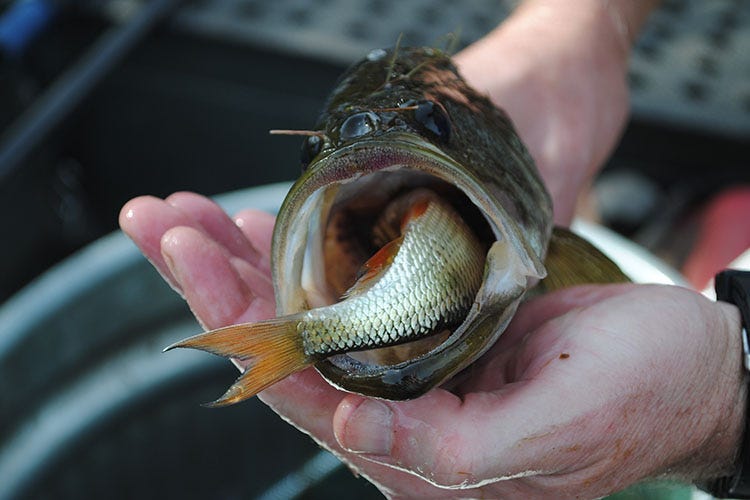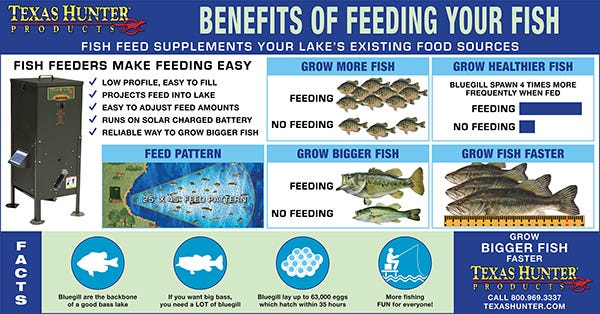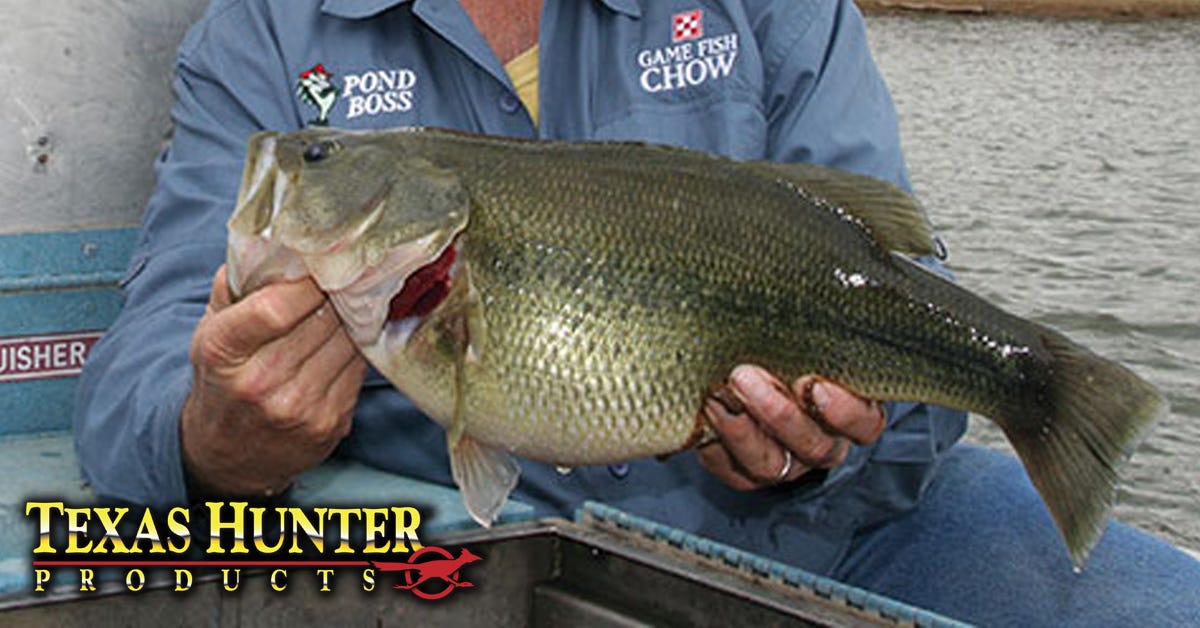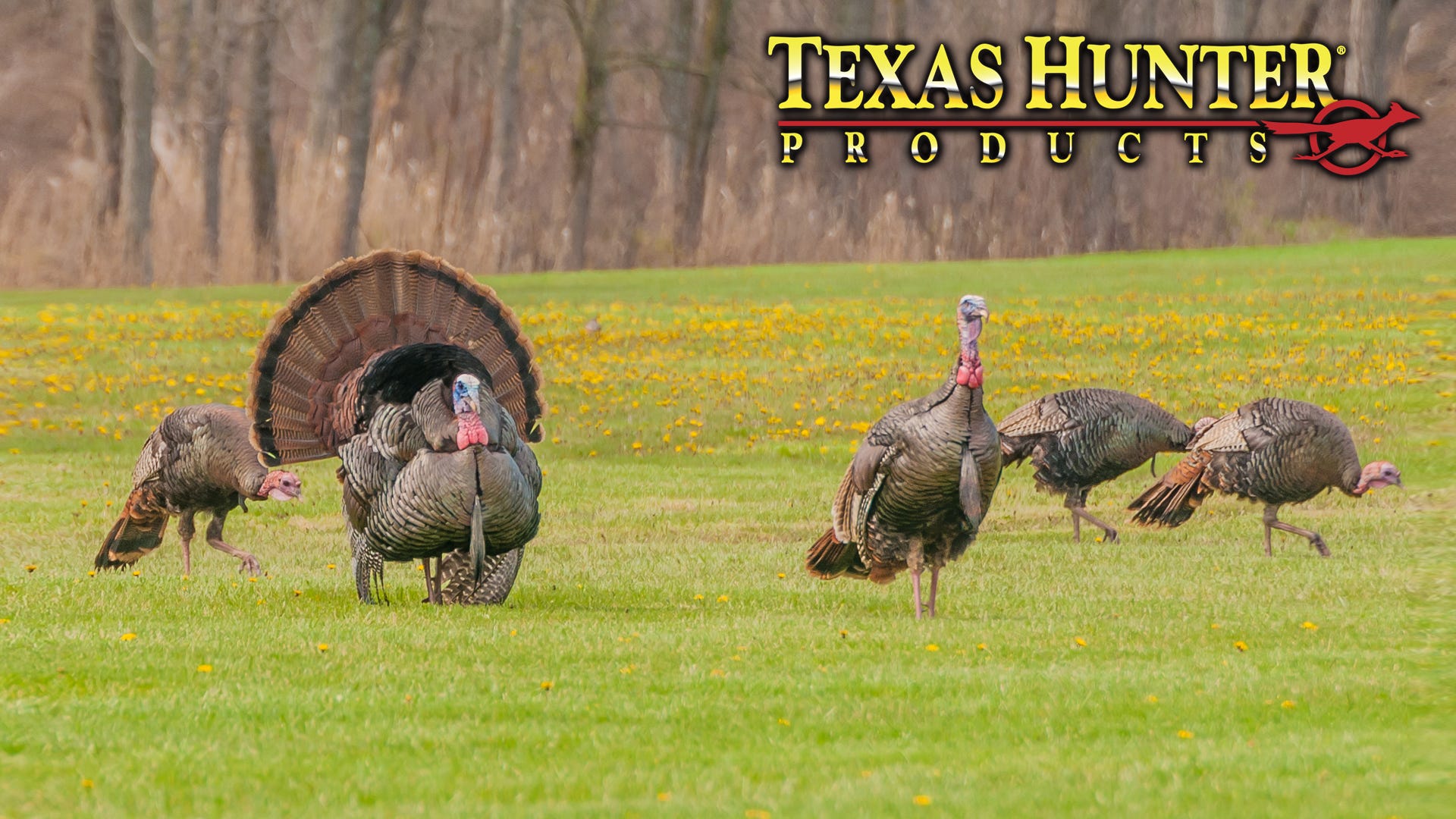- Mar 10, 2016
Largemouth Bass Forage for Ponds & Lakes

Largemouth Bass Forage for Ponds & Lakes
By Scott Brown, Southern Sportsman Aquatics and Land Management
Largemouth bass are the most sought after fish in the country.The majority of landowners want BIG bass and lots of them to catch!To obtain quality/trophy size largemouth bass, numbers of bass must be reduced and forage present must be increased.The size your bass grow, will max out based on length of growing season, genetics, habitat and available food.Some of these factors you cannot manipulate and some you can.Every waterbody has a carrying capacity which can be improved by improving water chemistry, habitat, harvest practices, natural forage present and through supplemental stocking.
Forage numbers and sizes present is one factor how fast and large your largemouth bass will grow, and how many large ones you will have.Many times lake owners ask why they do not have a lot of big bass, but they have lots of minnows.Lots of minnows will feed small bass, but one-to two inch minnows will not support three pound bass or larger. To grow big bass regularly, you need a forage base that is complete with forage from 1 to 7 inches long and beyond.Bass forage can come in many shapes and sizes from minnows, bream, golden shiners and threadfin shad being the most common in the area, to crayfish, tilapia, yellow perch and even trout in more intensely managed lakes. The best strategy is lowering bass numbers through harvest and offering multiple sizes and species of forage to growing bass, trying to keep forage available for all size bass, whether six inches or 10 pounds. Too often lake owners have too few forage species, and not enough of certain sizes available for a certain portion of the population.
Bass have been known to eat about anything from insects, snakes, eels, frogs, small ducks, but these are usually on a rare basis or seasonal, where fish and crayfish can offer a high protein diet year around to promote accelerated growth rates and support more largemouth bass.A lake with minnows, bream, shiners and shad offer various sized forage for all the largemouth bass in the population. All the native species will naturally reproduce and alleviate most restocking, which reduces operation costs.
Tilapia, yellow perch and trout stocking have become popular. These fish generally will die either from water too warm or cold depending on the species and where you are located. Tilapia are stocked in early spring, once water temperatures will remain above 55-60 o F. They will grow, and reproduce, until the following winter and die once water temperatures drop below 55 o F. During this time, largemouth bass are on full feed and will consume many of them. Yellow perch and trout are the opposite, you stock them in the fall and they will die off from warm water temperatures (80 and 70 o F, respectively) in late spring/early summer.Larger trout and yellow perch can be harvested just prior to the die off for human table fare if desired.
All these species will consume pelleted fish feed during their respective times of year in your pond. The forage fish benefit from an automated supplemental feeding program using quality fish feed and automatic fish feeders. Supplemental feeding helps forage fish grow faster which, in turn, provides larger feed options for the largemouth bass. Forage fish will also reproduce more frequently on a regular feeding program, creating a larger supply of forage for your bass.
With over 50 years combined experience in the fish and wildlife field, Southern Sportsman Aquatics & Land Management can answer all your questions and provide quality service to help you achieve your aquatic and upland habitat management goals. "Creating quality fish and wildlife habitat from Texas to Florida!" is our business. http://SouthernSportsmanAquaticsAndLand.com



